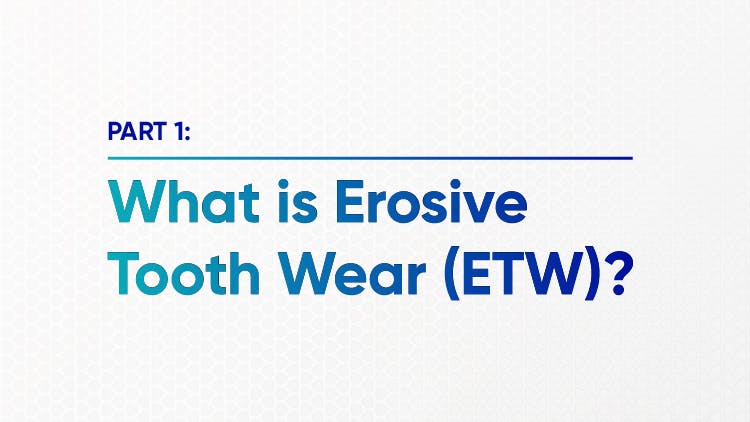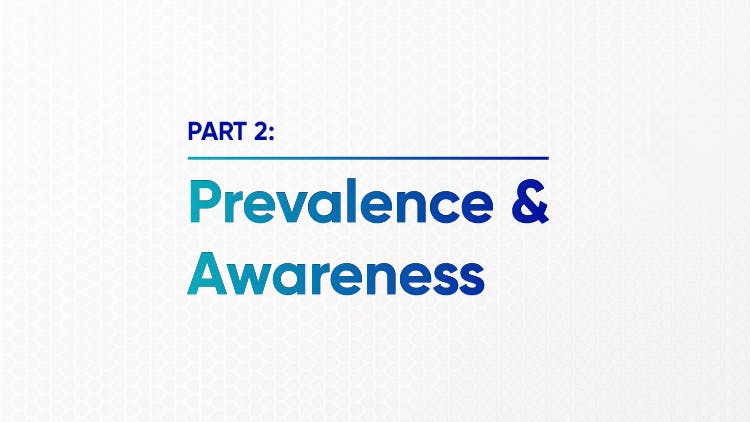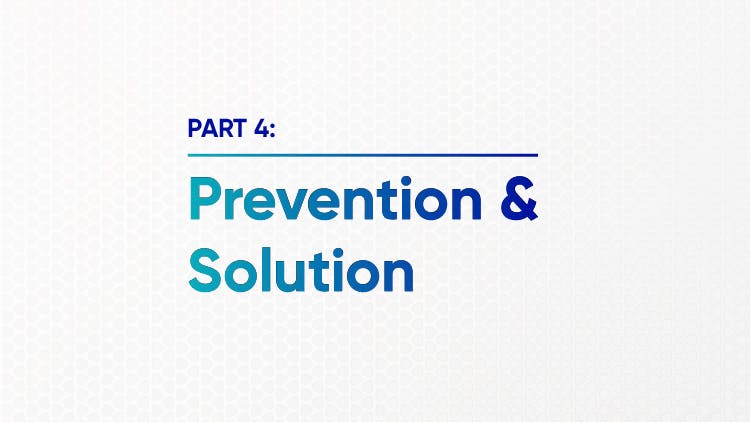Assessment of Erosive Tooth Wear
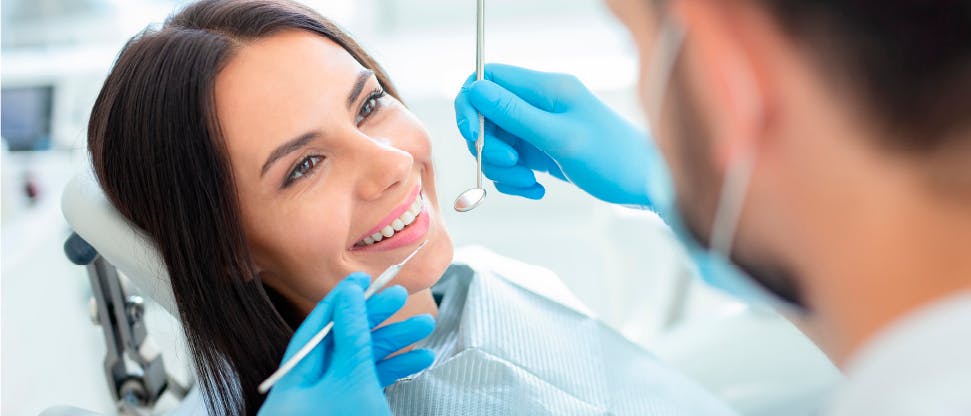
Early diagnosis
Early diagnosis of erosive tooth wear (ETW) is vital. Patients often only notice wear when their teeth look thinner or more yellow.1 It’s harder to treat at this stage. Owing to the nature of the job, you as dental professionals are most likely to be able to see the early signs of the condition but only if you're actively looking for them. Unfortunately, dental examinations may not include routine assessment of ETW.2
“We shouldn’t be waiting until patients have got it so bad that they’ve got to do something about it. We should get into the routine of looking for it, identifying if it's there, and therefore giving preventive advice as and when it’s needed,” says Professor David Bartlett, Head of the Centre for Oral, Clinical & Translational Science and Prosthodontics, King’s College London. “We can’t tell if a person with wear at 20 will inevitably get worse as they get older – because we don’t know, on an individual basis, what their story is. However, we do know that if they continue with risk factors it’s likely to get worse.”
“The idea is to check everybody. So we pick up those people who've got more severe tooth wear at the earliest stage that we can….to try and reduce the risk of [it getting so bad]….So, regularly and routinely look for it. And once we've found it, to react with prevention.”
According to David, there’s currently no data available to determine a ‘normal’ rate of wear. The most likely scenario, he says, is that there are periods when the rate of wear increases – and that usually coincides with active risk factors. When risks are controlled, the rate of wear reduces.3
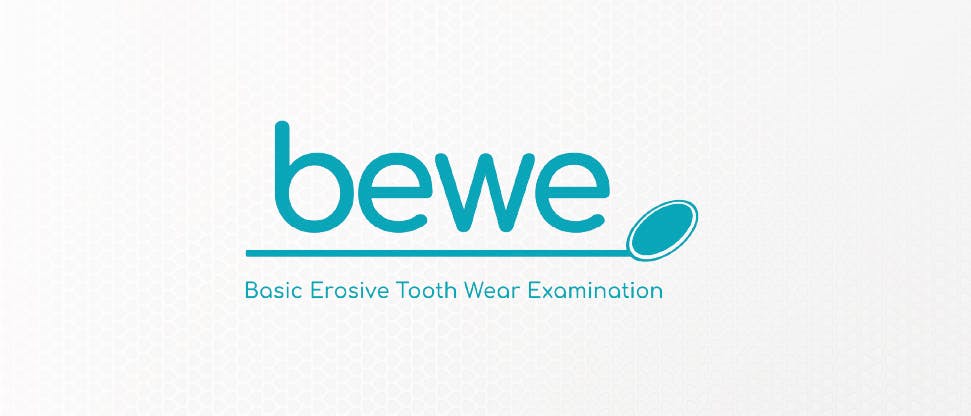
BEWE
The Basic Erosive Tooth Wear index (BEWE) was developed in the UK in 2008 and is recognised by the Erosive Tooth Wear Foundation. It helps dentists score changes to the surface of teeth regardless of aetiology,4 enabling them to evaluate the severity of tooth wear systematically. The buccal, occlusal and/or incisal and lingual/palatal surfaces are assessed in each sextant,5 with dentists looking for subtle changes in enamel and scoring each sextant according to the worst-affected surface.
BEWE uses a 4-point scale to assess wear: 0 – no sign of wear; 1 – first signs of wear with rounding of cups and grooves; 2 – distinct wear <50% of the surface area; 3 – hard tissue loss >50% of the surface area.4
BEWE was designed to be simple and prevention-focused – to make it easier for dentists to look for signs of ETW regularly and routinely. “It’s designed to actually reduce the amount of time and therefore cost to the dentist”, says David. “You go methodically, in each sextant….and you go round in a routine, so you don't miss anything. You do that for gums, and we're recommending you do it for erosive tooth wear at the same time. And then you record it in the notes.”
Adoption of the BEWE is growing as healthcare stakeholders push to make examining and recording tooth wear a requirement of clinical practice.6 The potential benefits, for both patient and DHCP, are significant. If ETW is not picked up early through preventive dentistry, it may have ramifications further down the line when patients experience more severe wear and may question why it wasn’t detected sooner.
Find out more on erosive tooth wear

